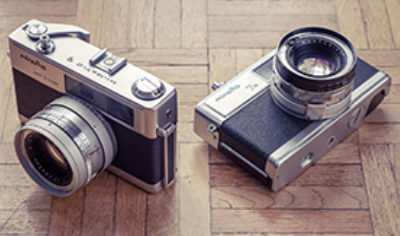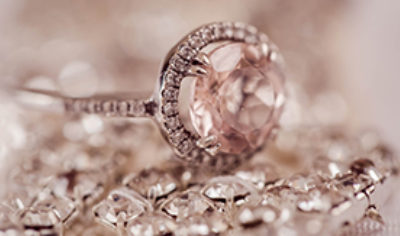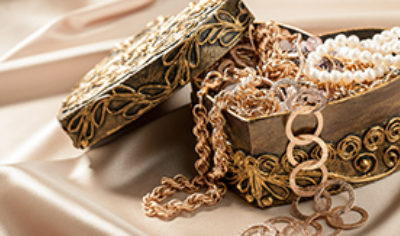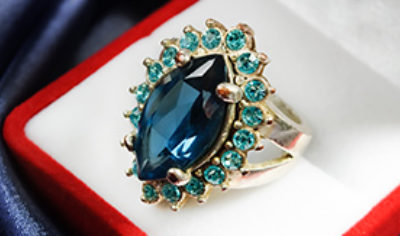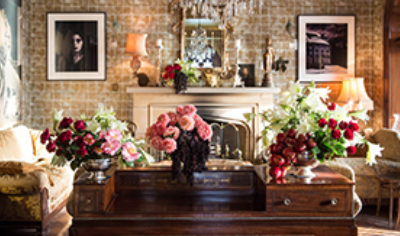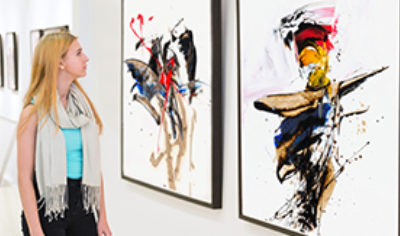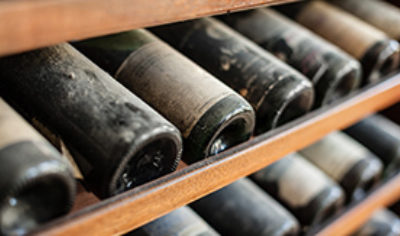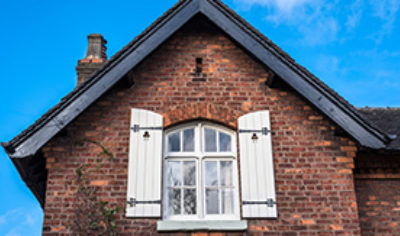At Assetsure, we have a vested interest in helping our customers hang their works of art in a professional manner. Not only will this help ensure they remain free from damage but will also help obtain the maximum amount of enjoyment when viewing the item.
If you’re proud of a recent acquisition, you will want to show it off to its full affect but hanging works of art without specific knowledge can be stressful and lead to a sense of disappointment once you have the item on display. We’ve all been to museums and galleries and seen works of art perfectly displayed with the correct amount of complimentary lighting, so how can you obtain that professional touch at home when it comes to displaying your own paintings?
First things first- Think about lighting
If you have just purchased an item, before you think about affixing it to the wall you might want to consider how you intend to light the item to show it off to best effect. This may influence your decision on the type of frame you choose or it may make you consider changing the existing frame for a new one that will support a picture light. (Only heavy frames can really support a custom built picture light)
If your picture framer has recommended your art be placed behind glass (as is typical with say pastel works) you will want to ensure that anti-reflective glass is used. If this is not possible trying lighting at an angle of 30 degrees, this should help reduce glare.
In our opinion, the best type of light for viewing art is natural daylight that said though; you should avoid placing paintings in directly sunlight as this will have a detrimental effect on the condition of the item. If possible light your art work from above using clear or white bulbs, avoid pointing a light source directly at a painting. There are some great specially designed wall lights you can obtain now which can be installed by your electrician and these will provide near professional quality lighting. Be careful to use a low wattage bulb and following the installation instructions.
The main types of lighting and effects are as follows:
- Incandescent lighting – These are mainly your standard type light bulbs and will emphasis red and yellow colours in a painting. Will create a warming effect but not recommended with cooler colours such as whites and blues.
- Halogen lighting- These more modern house lights cast the purest white light and are ideal for lightning most paintings especially cooler colours. Halogen lights do produce a lot of heat so be careful of the proximity of your art work to them if you don’t want to cause any damage.
- Florescent lights- This type of lighting will play havoc with the colours in your art work and is not recommended.
Best Option –Depends on the colours of your painting but a combination of incandescent and halogen lighting should provide you with the best results.
Hanging the picture
Now we get on to actually hanging your picture. It’s actually very simple. As a general rule of thumb, artwork should be hung so that the centre point of the painting is at about eye level for the ‘average’ height person.
Although you can use string, we prefer picture hanging wire especially if the painting is heavy. It’s only a few pounds to buy and comes in a variety of thicknesses depending on the breaking strain you require. The kit you will require is as follows
- Picture hanging wire
- Two D rings per picture
- Ruler
- Pencil
- Drill /Screwdriver
- Picture hooks or brackets
- Spirit level
Here are the simple instructions
- The first thing to do is to attach the D rings to the painting. D rings are recommended for heavier works but we like them as they are very secure and again only cost a few pounds. Use the ruler to make sure you have them at the same level on both sides. Positioning is essential here; you don’t want them so high the wire will show above the top edge of the painting, nor so low down the painting will lean over when it’s hung. About a quarter to a third of the way down is good. Make sure when hung you picture is not too close to the wall, a small gap is needed to allow air to circulate, paintings will draw moisture from a wall and will go mouldy quicker with no air circulation.
- Attach the picture hanging wire using a good quality knot and pull the wire up as far is goes. Now measure the distance to the top of the frame from the wire with a ruler.
- Hold the painting up to the wall at the required height and make a mark with the pencil at the top of the frame. All you need to do now is measure down the distance noted above from the pencil mark, make another pencil mark and that is where your hanger should be fixed.
- Make sure you have purchased a picture hook or bracket that is designed to support the weight of painting you wish to hang. You can always use two pictures hooks and this helps reduce the strain on the wire. Before drilling in to a wall, make sure you know what is underneath and that the wall is capable of supporting the picture if it is very heavy.
- Lastly use a spirit level to check the painting is positioned correctly.
If you re in any doubt as to the correct material to use, ask your local picture framer who should be able to assist you.
We hope you have found our article on how to hang a painting useful.We look forward to hearing from you if require a quote for Fine Art Insurance



